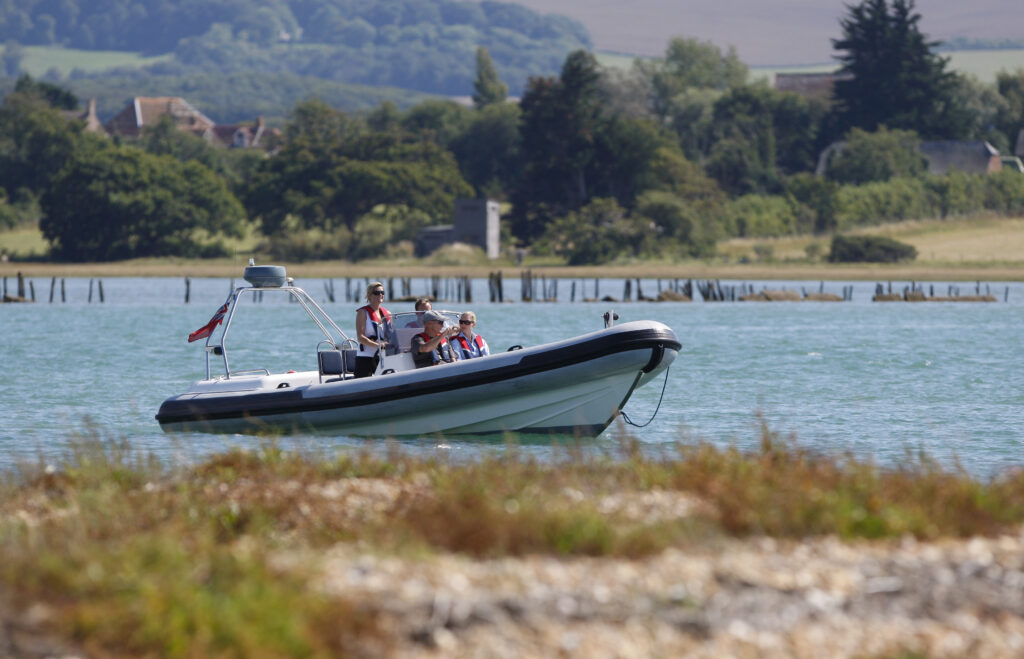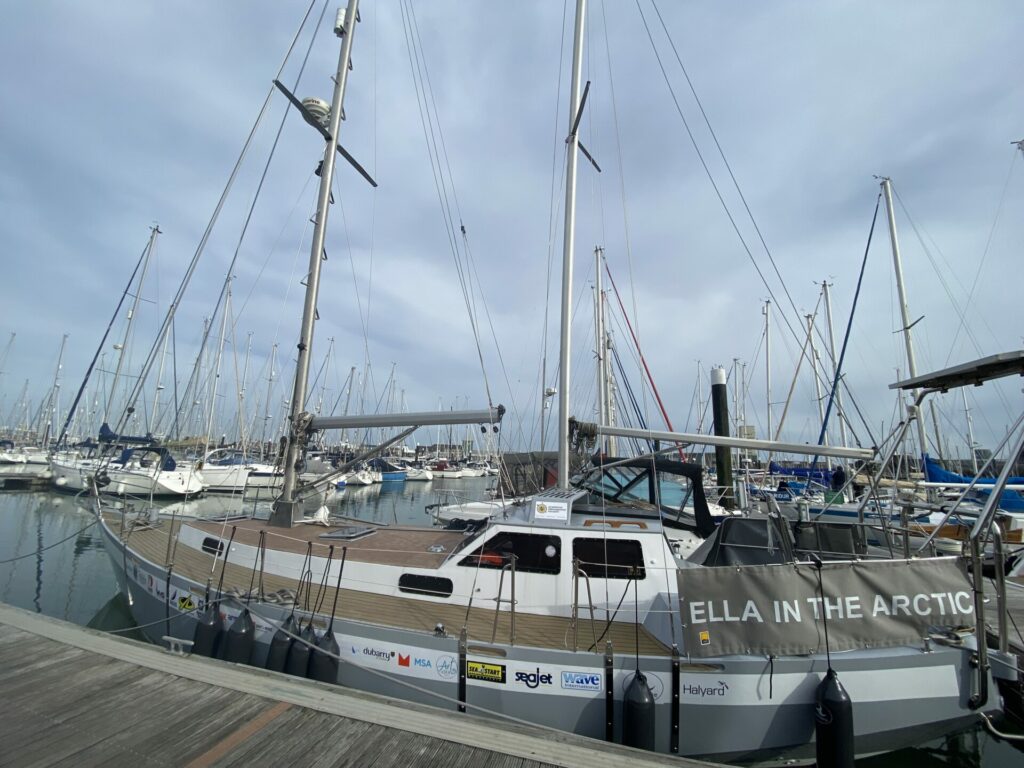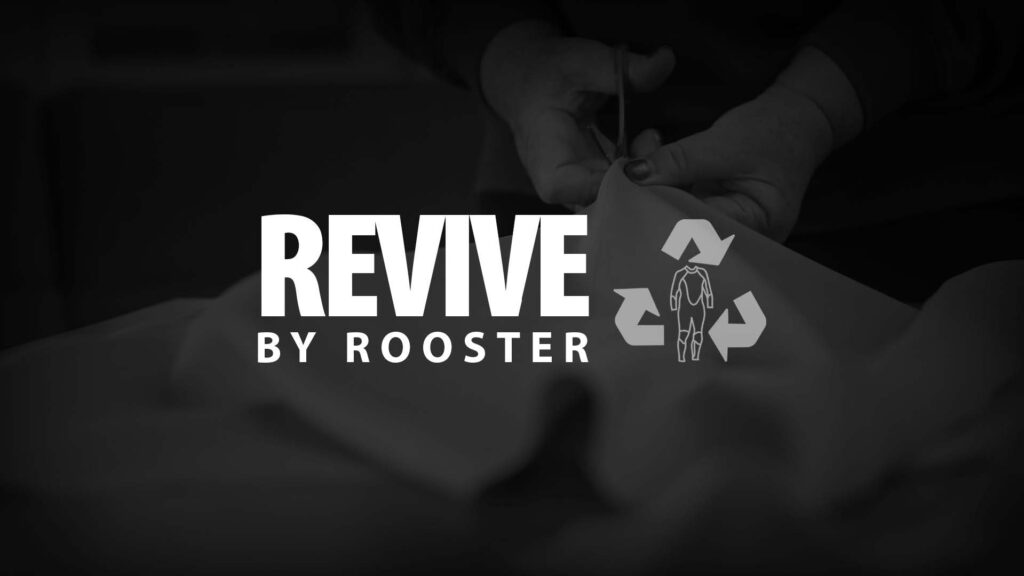Our waterways and coastline are teeming with wildlife and being able to spot one of them whilst afloat can really add an extra sense of adventure to a boaters’ day on the water. Many people may not realise it, but when on the water, all around are birds and animals taking part in their daily activities such as searching for food and looking after their young.
Show your support
The 05 – 09 June is The Green Blue’s Boating Wildlife Aware Week, a chance for boat and water users to learn more about best practice when experiencing wildlife out on the water and how to best protect it. The Green Blue will be sharing guidance and information throughout the week across our social media channels.
There are several ways that you can help support and share information from the Week:
• Download digital assets from The Green Blue website.
• Display posters at your school, club or business.
• Share facts and information on your social pages.
• Use the hashtag: #BoatingWildlifeAware.
• Share this news article online.
Birdwatching
In the UK, we play host to more than 4,000 different species of migratory birds, many of which spend time near or by our waters. Birds have very sensitive hearing so can be easily alarmed by engine noise from personal watercraft or powerboats, encouraging water users to follow speed limits can help lower noise pollution.
Birds can be particularly vulnerable during the breeding season which is usually between the months of February and September. Many birds build their nests in the rushes and alongside the shallow waters. During this sensitive time, we can support birds by paying closer attention to the habitats along the water’s edge and by being extra careful when exiting and entering the water. Introducing signs at well-established nesting signs can alert boaters and walkers to be extra sensitive in these areas.
Wildlife at large
Over 28 species of cetacean (dolphins, porpoises and whales) have been recorded in UK waters. The golden rules to encourage safe and responsible boating near cetaceans are: Slow down, Keep Quiet, and Keep a Consistent Path. Sometimes cetacean approach boats to ride in the waves they make, boat users should maintain a steady speed and wait for the cetacean to choose to move on and should never try to chase. The RYA website has further information on best practice and information if an Orca is encountered whilst cruising abroad.
On the rocks
Many of the birds and animals witnessed may not be in the water, but instead resting in nearby rushes or on cliff edges or rocks. The recommended distance to promote is to remain at least 100m away from marine wildlife in the water and 50m away from wildlife on cliffs and rocks. It is also recommended that if there are more than two other vessels nearby to stay further away to not overwhelm wildlife.
Spotting the signs
Too often wildlife isn’t spotted until they’ve already been disturbed, we can all avoid this by using binoculars to actively lookout for upcoming birds and animals.
The signs of disturbance can differ between animals but common behavioural traits to be aware of are:
• head bobbing from birds,
• cetacean may slap the water with their flipper,
• seals sliding quickly into the water,
• loud alert noises,
• raising their heads in distress.
You can find more information about boating safely around wildlife on the Wildlife & Habitat Protection pages.
Join The Green Blue Boating Pledge
Are you passionate about protecting inland and marine habitats? Join the sustainable boating community! You can now show your commitment to boating sustainably by making The Green Blue Boating Pledge.




